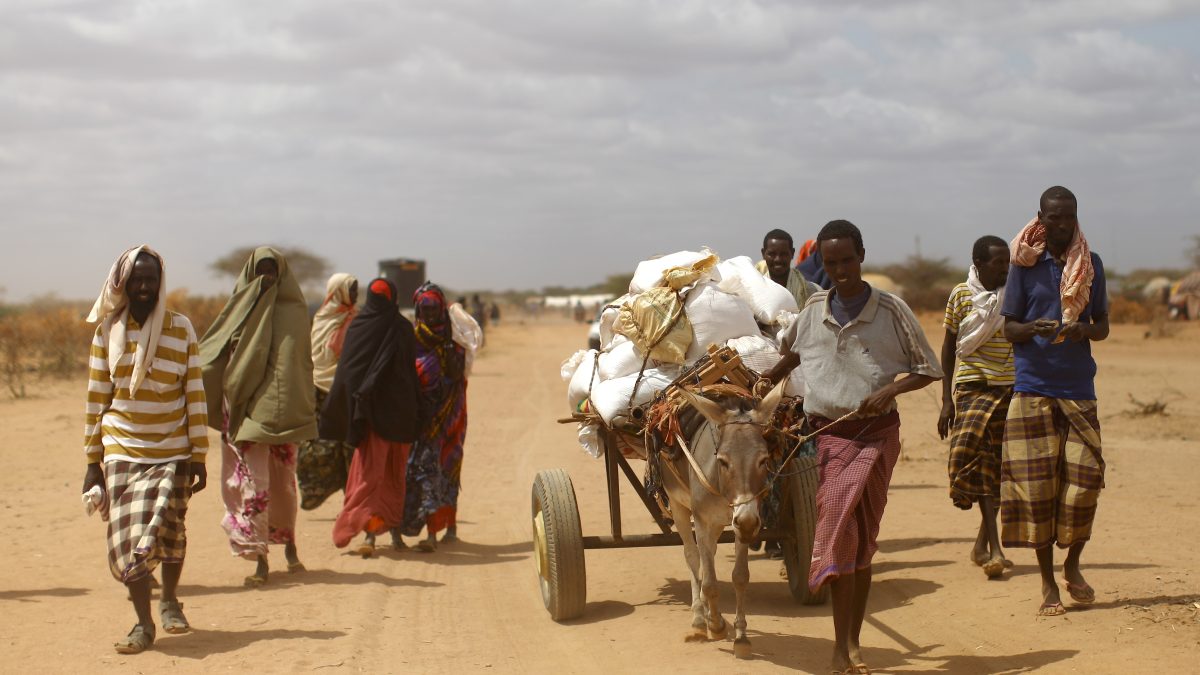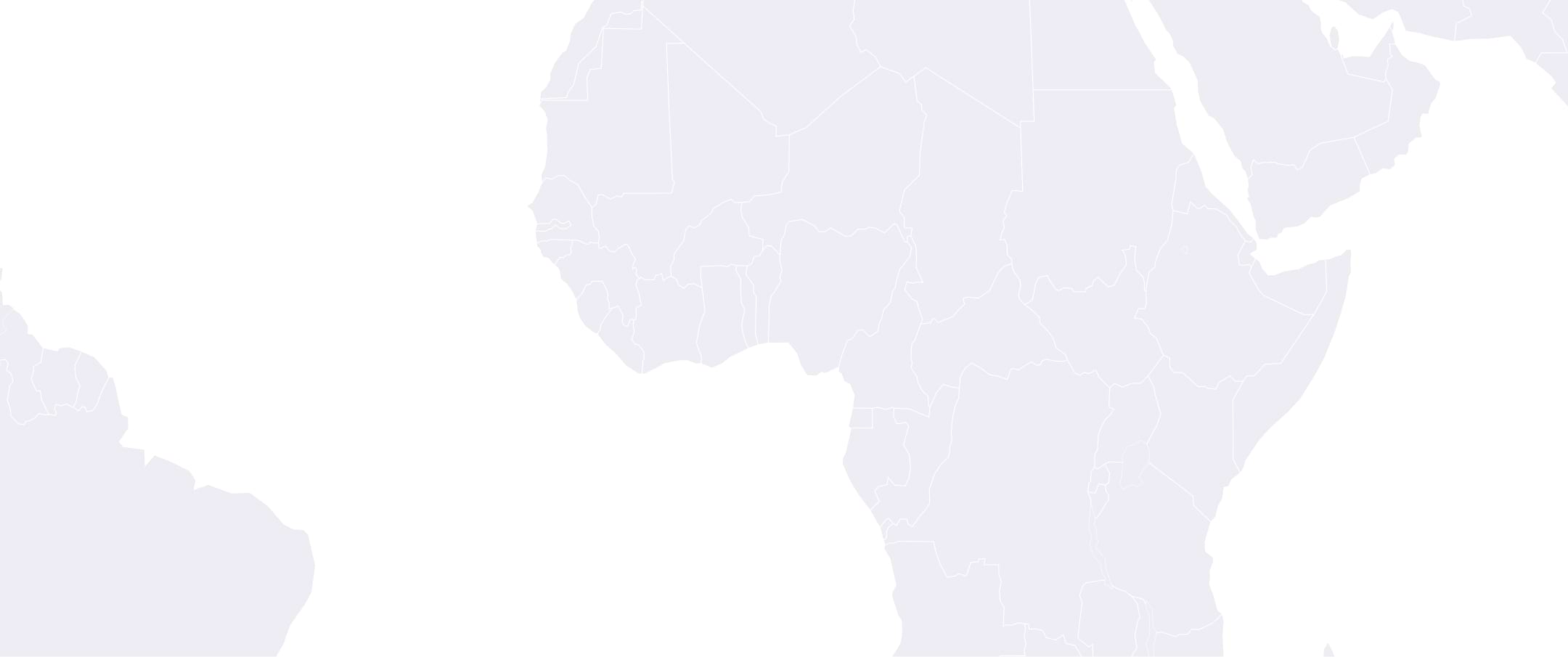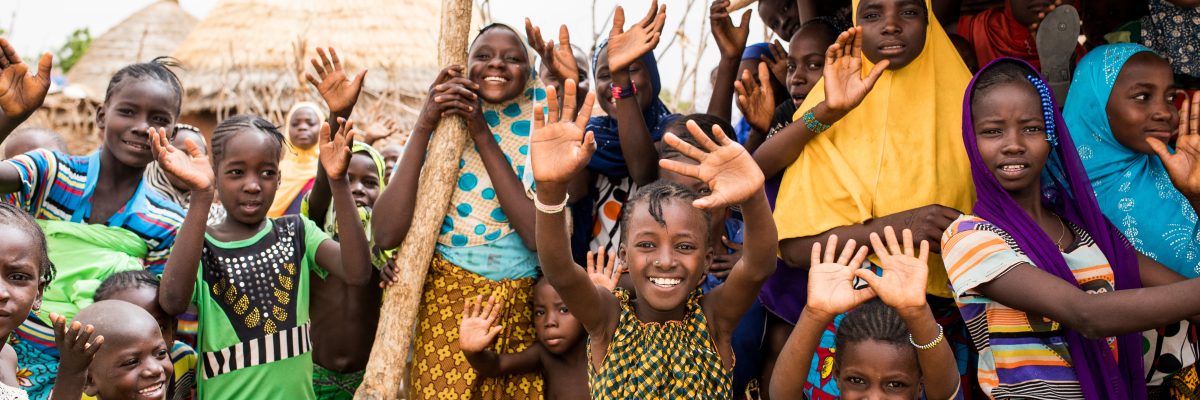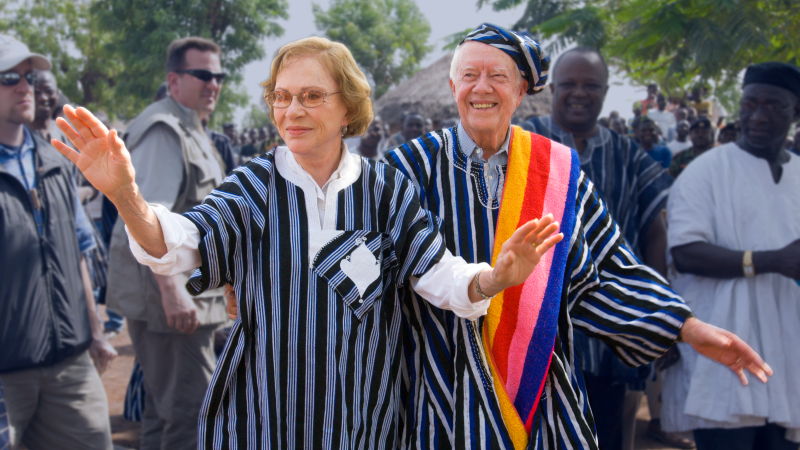Somalia

In the tumultuous 1980s and ’90s, The Carter Center worked to advance conflict resolution and human rights in Somalia.
Impact
- Quietly urged the U.N. to return to its original humanitarian mission rather than engage in law-and-order activities
- Publicly denounced the U.N.’s use of deadly force against Somali citizens
- Intervened to get political prisoners released

Discover Related Programs
Global Impact Starts with You
Your support sustains the Carter Center's mission of waging peace, fighting disease, and building hope around the world.

